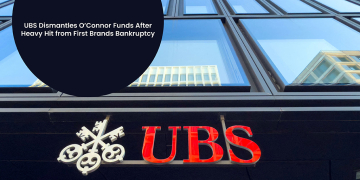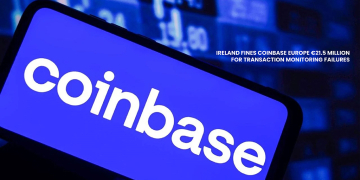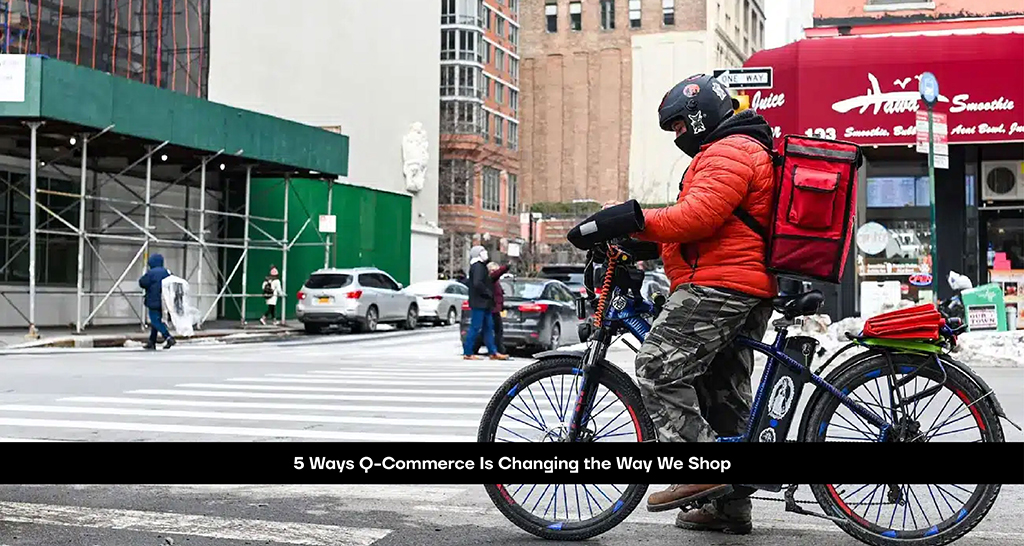Rapid commerce, commonly referred to as Q-commerce, is swiftly altering the retail environment. With commitments to deliver products in less than 30 minutes, it transcends mere convenience it’s about revolutionizing the manner, timing, and rationale behind our shopping behaviors. Below are five significant ways in which Q-commerce is changing our purchasing patterns:
- Speed Is the New Standard
Q-commerce is redefining standards for delivery times. While traditional e-commerce regarded same-day delivery as a premium service, any wait exceeding 30 minutes is now perceived as sluggish. Firms such as Getir, Gopuff, and Blinkit have made near-instant delivery commonplace. As a result, consumers are increasingly organizing their buying decisions based on immediate availability, merging the distinctions between online and physical retail experiences.
- Micro-Warehousing Is Replacing Storefronts
To facilitate rapid delivery, Q-commerce firms are allocating resources towards ‘dark stores’ or micro-warehouses, which are compact fulfillment centers strategically located near customer hubs. These facilities are not accessible to the public but are fully stocked and designed for efficiency. This trend indicates a significant reallocation of investment from conventional retail spaces, highlighting a substantial transformation in the storage and delivery of goods.
- Shopping Becomes More Impulsive and Need-Based
The rapid delivery services have led consumers to opt for smaller, more frequent purchases driven by immediate necessities, rather than engaging in extensive, premeditated shopping excursions. Whether it’s forgetting milk, desiring ice cream, or needing phone chargers at an inconvenient hour, quick commerce facilitates these spontaneous purchases seamlessly, transforming our shopping strategies and budgeting approaches.
- Hyper-Personalization and Data Use
Quick commerce platforms are increasingly sophisticated, leveraging real-time data to recommend products tailored to the time of day, previous purchases, weather conditions, and current trends. This degree of personalization transforms shopping into a more curated experience rather than a mere selection process, thereby fostering brand loyalty and encouraging repeat engagement.
- Expanding Beyond Groceries
Initially focused on essentials and snacks, Q-commerce is swiftly broadening its scope to include categories such as healthcare, pet supplies, beauty products, and electronics. This expansion indicates that the model represents not merely a passing trend, but a fundamental shift in consumer expectations overall.
In summary, Q-commerce is not only accelerating the shopping process but also transforming the reasons and items we purchase. As the technology and logistics supporting it advance, we can anticipate even more significant changes in consumer behavior, with immediate access becoming standard rather than unusual.






